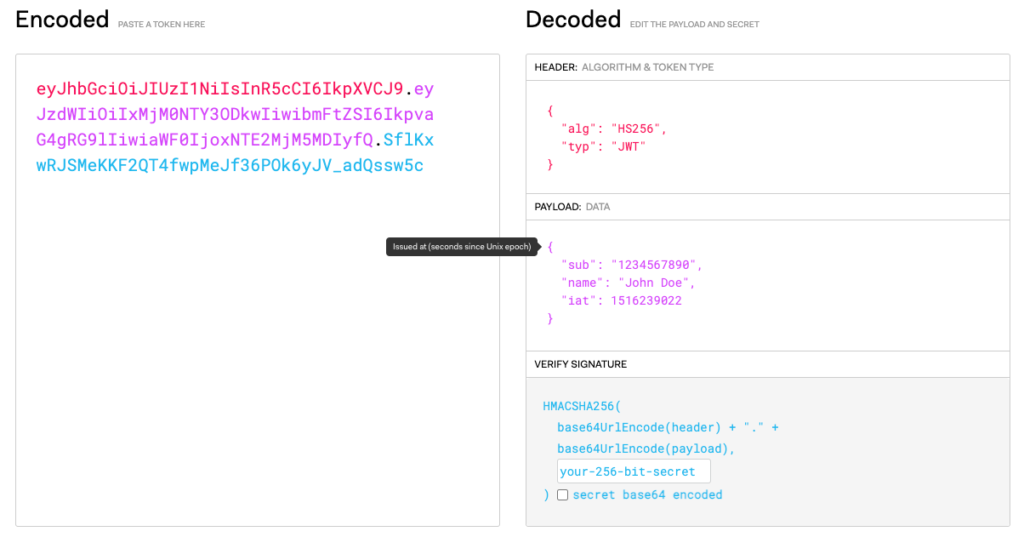In today’s world when our online interactions are increasing every day, the security of our online transactions becomes very important. If you are an end-user to a website that is required to handle important financial or informational transactions like bank sites, eCommerce sites, email sites, etc, the very basic thing you should check is that protocol for the transaction being used is HTTPS. HTTPS stands for HyperText Transfer Protocol Secure, or Secure appended at the end of the HTTP protocol. For example, if you are using a chrome browser you can see a symbol of a lock at the start of the website name in the address bar indicating the site uses HTTPS. If you click on the lock symbol you will see more details about the certificate provided by the website claiming that it is secure.
Let’s try to understand how HTTPS works.
Step 1: Browser sends a request for an https secured page, like https://google.com
Step 2: The website will need to send back an SSL certificate confirming that it is secured. SSL certificate is provided by certifying authorities like Godaddy which can be verified by the browser. Along with the certificate, the website would send the browser its public key.
Step 3: Once the browser receives the certificate and public key from the website, it will authenticate the certificate, and if satisfied, it will use the public key from the browser to create a symmetric key.
Step 4: The browser generates a symmetric key, encrypts it using the public key provided by the website server and sends it back to the server. The web server receives the encrypted symmetric key, decrypts it using its private key.
Step 5: For any further communication, the server and the browser both use this symmetric key.
Now to understand the concept completely we need to understand how public-private key encryption is different from symmetric key encryption. In the case of symmetric key encryption, the key that encrypts the message can be used to decrypt the message. Whereas in the case of Public key – Private Key encryption, a message encrypted by Public key can only be decrypted by the private key. Symmetric key encryption is faster but not as secured as public-private key encryption.
If you are interested in understanding how each step mentioned above assures security in communication, read on.
Let’s look at each step and try to understand how each step is secured.
Step 1: The browser is just sending a request for website contents at this point, the actual transfer of information is not started.
Step 2: The server is only sharing its public key in this step, so not worried about security.
Step 3: Browser decrypts the SSL certificate which needs to be provided by an authorized Certification Authority (CA). The browsers come packaged with details of all major CAs and can validate the certificate against its local cache or can confirm with the certification authority. Browser matches the URL being addressed and the certificate received, this way it makes sure that no fake website or server is trying to send the data.
Step 4: The browser has encrypted the symmetric key with the public key provided by the server. So in case even if the packet is compromised and received by a fake server, it will not be able to decrypt the message as only the original server has the private key.
Step 5: By this step, only the browser and the intended server have the symmetric key. Any communication happening can be decrypted by only these two parties, so even if there is a leak, the message content remains safe.

